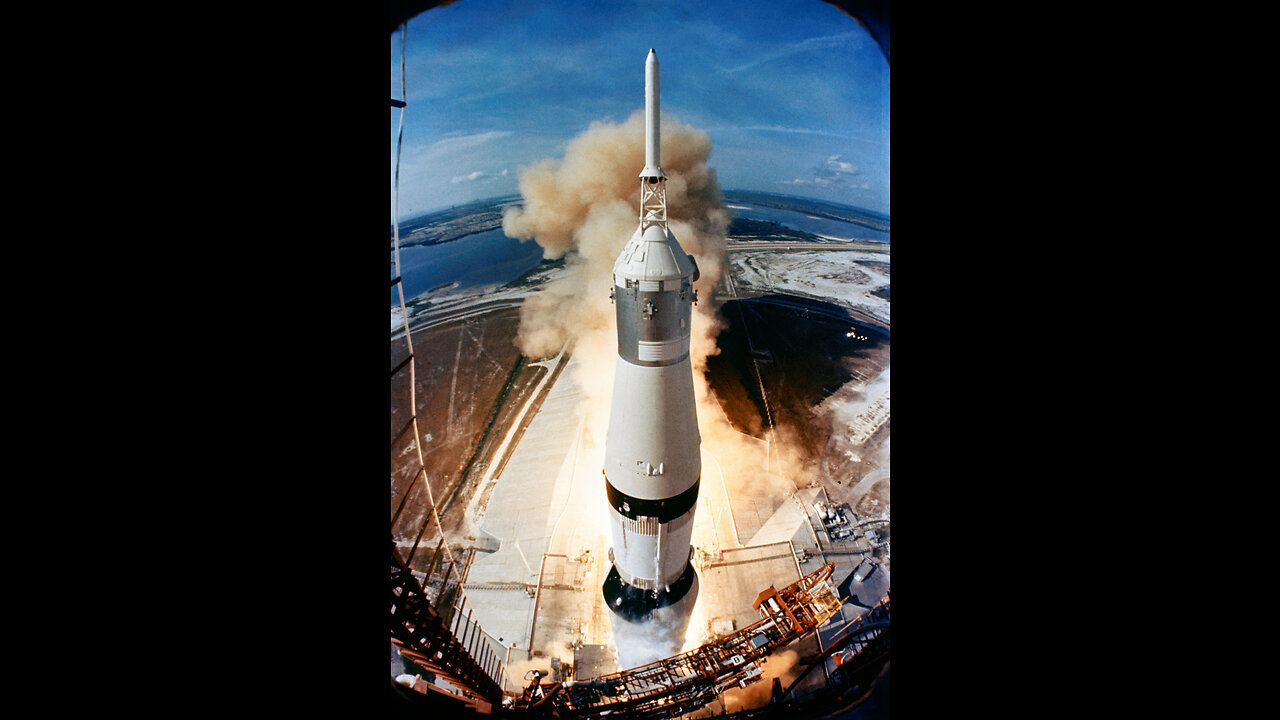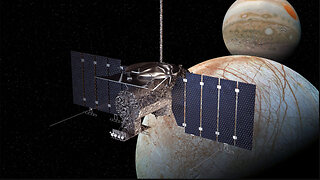Premium Only Content

The Saturn V Rocket
The Saturn V rocket was the launch vehicle that carried the Apollo spacecraft and its crew to the Moon during the Apollo missions. It was developed by NASA in the 1960s as part of the Apollo program, and it remains one of the largest and most powerful rockets ever built.
The Saturn V stood over 363 feet tall and had a diameter of 33 feet. It weighed over 6 million pounds at liftoff and was capable of generating over 7.6 million pounds of thrust. The rocket was powered by five Rocketdyne F-1 engines, which burned a mixture of liquid oxygen and kerosene to produce the massive amount of thrust needed to lift off from Earth.
The Saturn V was launched in three stages. The first stage, which contained the F-1 engines, was used to lift the rocket off the launch pad and accelerate it to a height of about 42 miles. Once the first stage was depleted, it was jettisoned and the second stage took over. The second stage used five J-2 engines to accelerate the rocket to a speed of over 15,000 miles per hour and a height of about 110 miles. Finally, the third stage, which contained a single J-2 engine, was used to place the Apollo spacecraft into orbit around the Moon.
The Saturn V rocket was a remarkable engineering achievement and a testament to the ingenuity of the scientists and engineers who designed it. It was a critical component of the Apollo program, and without it, NASA would not have been able to land humans on the Moon.
Quality NASA products & Gift Ideas Available Here! https://amzn.to/47AYzPt
Credit: Discovery Science
-
 9:48
9:48
NASA Videos Plus
5 months agoWOW! SpaceX deploys NASA's Europa Clipper after launch, signal acquired!
2143 -
 LIVE
LIVE
NeoX5
3 hours agoAssassin's Creed: Shadows - Wheelin and Dealin #Factor75partner | Part 6 | Rumble Gaming
77 watching -
 LIVE
LIVE
Chi-Town Gamers Livestreams
2 hours ago $0.63 earnedBaldur's Gate 3 W/ CTG & XayRico Ep. 4 *FOR REAL THIS TIME* | 9 Hour Stream...LFG!
153 watching -
 LIVE
LIVE
DarknessGames
17 hours agoIT'S BACK! - Dark Souls II (Part 7)
76 watching -
 28:30
28:30
CatfishedOnline
1 day agoWoman Wants to Leave BF for Lover or Romance Scam?
47.6K19 -
 LIVE
LIVE
DookiePox
7 hours ago $0.88 earnedGood Morning. Sunday Morning.
39 watching -
 10:42:09
10:42:09
johnnymassacre
14 hours agoLet's Play Space Marine 2 | ANGEL OF DEATH MODE | Pt 3
35.1K2 -
 18:07
18:07
Bearing
6 hours agoThe INSANE MENTAL DECLINE of the Democrats 💥 Lefties are NOT Ok
29.8K68 -
 15:55
15:55
Clownfish TV
17 hours agoDisney and ABC Getting INVESTIGATED by the FCC Over DEI Policies?!
30.4K15 -
 0:47
0:47
Rethinking the Dollar
1 day agoFrom $2K to $3K: Why Gold Is Skyrocketing
19.7K5